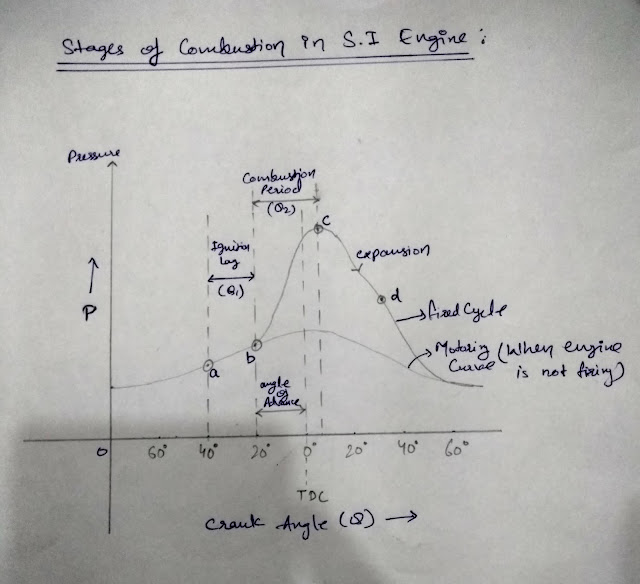Octane Number and Cetane Number.
Automotive Fuels As we all know that the major fuels that are used in the Automobiles are Petrol in SI engines and Diesel in CI engines, apart from these there is CNG (compressed natural gas) that is also used as a fuel and the Electric Vehicles, but here we will discuss only about the Petrol/gasoline and the Diesel fuel. The Automotive fuel which is used for the purpose of the combustion inside the engine have ratings or we can say the quality standards on the basis of which we can easily identify the quality of fuel which will be discussed below in details: Rating of Engine Fuel: In case of S.I (spark ignition) or petrol/gasoline engines, the quality or rating of fuel i.e petrol is based on the Octane Number, whereas in case of CI (Compressed Ignition) or Diesel engines the quality of fuel (diesel) is determined by the Cetane number. What is Octane Number? It is an expression which indicates the ability of the fuel to resist detonation in SI engines. It is
